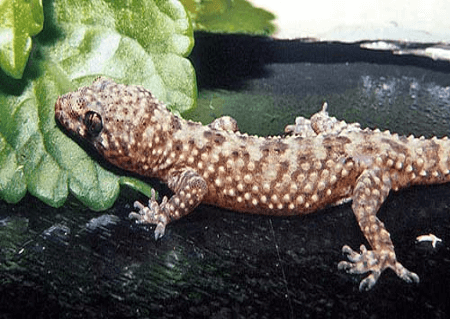The Mediterranean Sea is completely surrounded by land, having a surface of 2.9 million square kilometres; the depth of the sea reaches 1430 meters. The territory of the Mediterranean Basin stretches from northern Italy to Morocco and from Jordan to Portugal; the location of the basin is considered to be at the interaction of Africa and Eurasia, which are related to major landmasses. It is necessary to underline the idea that the region has the largest archipelagos and mountains with a height of 4500 meters.
The climate of the territory can be characterized by wet and cool winters and dry summers. The greatest part of the hotspot is considered to be covered in evergreen oak forests. Nevertheless, due to human habitat modification and settlements, the characteristics of vegetation has been considerably altered. It should be stressed that nowadays, the territory has the most widely spread type of vegetation presented by sclerophyllous or hard-leafed shrublands, which are usually called matorral, or maquis, and include the representatives from the following plant genera – Olea, Pistacia, Juniperus, Myrtus, Phillyrea, and Quercus. It is necessary to underline the idea that this very type of vegetation is very similar to the form of chaparral plants of California and Chile matorral.
Besides, the most important components of the vegetation promoted in the Mediterranean Basin are predominantly relicts from the dominating ancient forests; these species are Calluna, Arbutus, Larus, Chamaerops and Ceratonia. One should stress the fact that the burning of the maquis leads to depauperate vegetation being dominated by Kermes oak, Sarcopoterium spinosum, Cistus; all of these types frequently regenerate after the fire by mass germination. Besides, shrublands, covering maquis, and soft-leaved, aromatic and drought phrygana of Salvia, Rosmarinus, and Thymus, persist in the lowland, coastal, and semi-arid Basin regions.
The characteristic of the Mediterranean biome is to be concentrated on the analysis of its animal and plant species indicators. It is necessary to stress that plants being adapted to this very biome usually have a height of about a meter and a shrubby appearance. Most of them are annuals with small evergreen leaves. The stomata are always protected from the drying winds and hot sun. It is necessary to underline the fact that many plants have volatile chemicals, for example, turpentine, which in most cases deter herbivores.

The Mediterranean Basin biome is considered to be interesting through its animal world, which is characterized by nocturnal and small size; this fact is explained by the impossibility of the large animals to stand the heat. For example, illustrated in the picture, Mediterranean Gecko is considered to be a nocturnal insectivore within the Mediterranean Biome, being introduced to many world areas with similar climatic characteristics.
